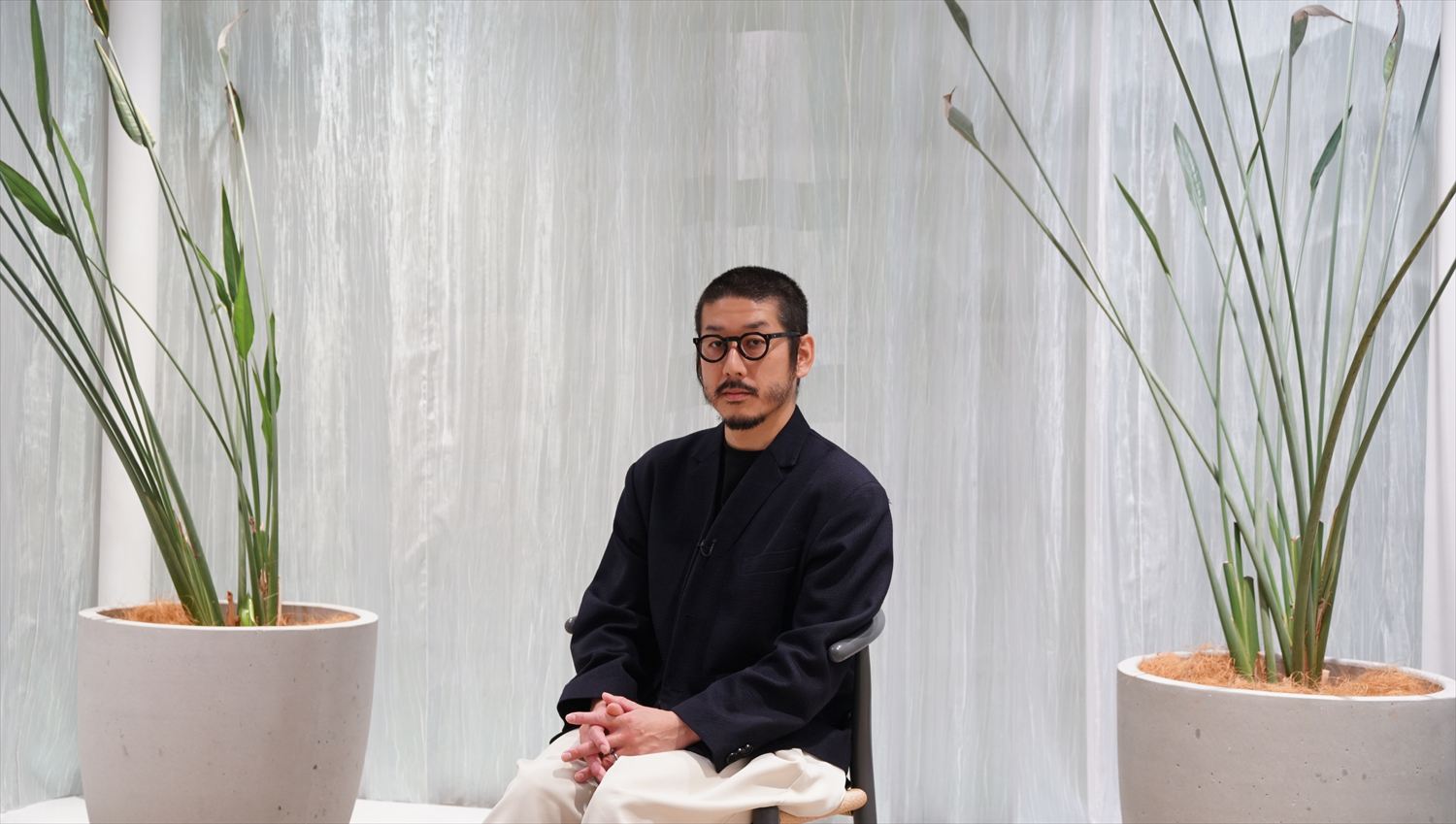NEWS
New Judge's Interview
Kunihiko Morinaga will be the new judge for the KOKUYO DESIGN AWARD 2026. We spoke to Morinaga, an internationally active designer for the fashion brand ANREALAGE, about his work and his expectations for the judging process.
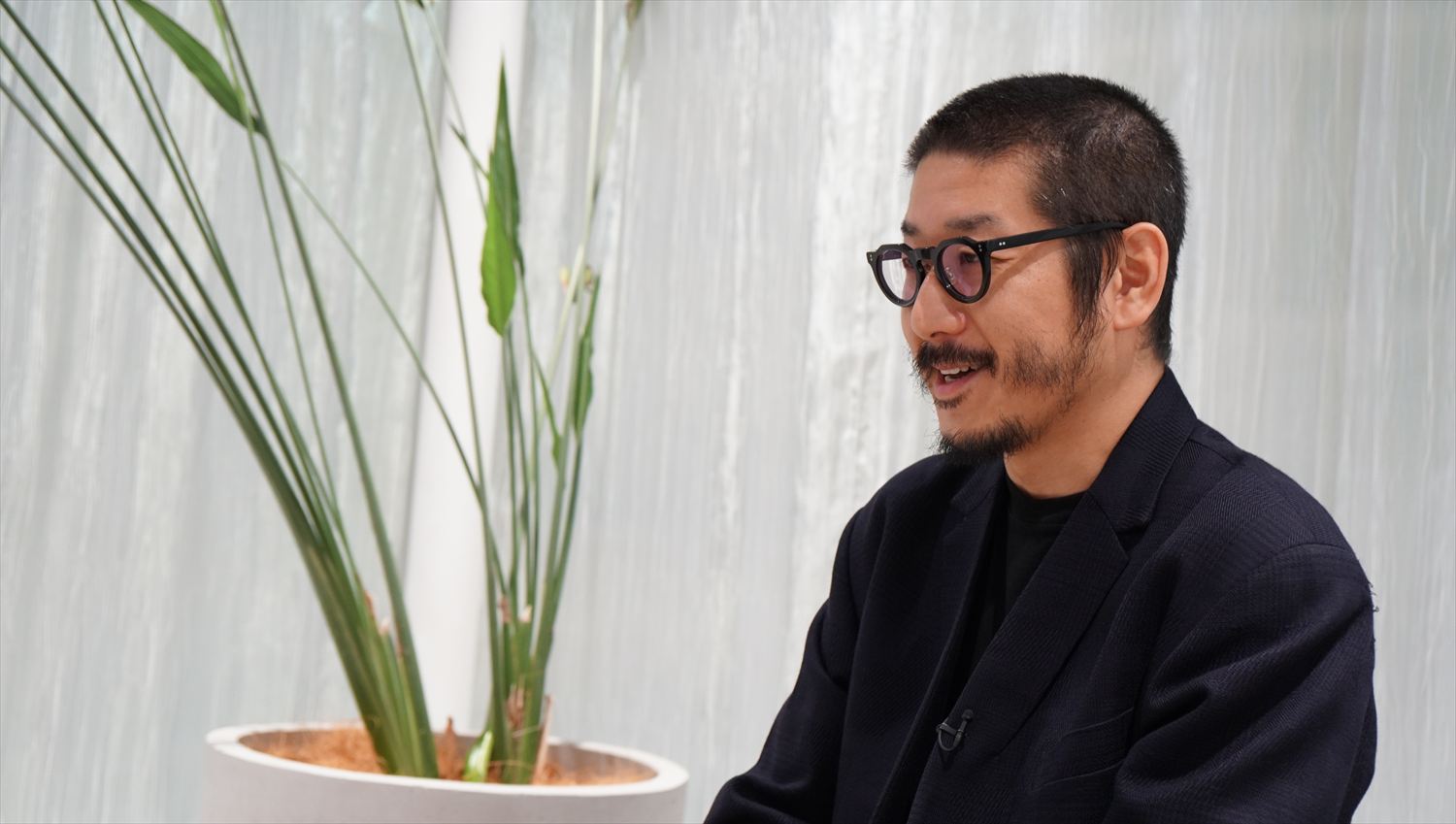
―― Mr. Morinaga, you launched the fashion brand ANREALAGE in 2003. The KOKUYO DESIGN AWARD was established in 2002. Did you know about the KOKUYO DESIGN AWARD?
Yes, of course. In fact, there was a time when I thought about applying for it. I originally started out designing clothes and then moved on to product design in the fashion field, so I wondered if I could apply for the KOKUYO DESIGN AWARD from a fashion perspective.
―― Was there a particular theme that interested you?
Rather than a specific theme, I was drawn to product design, which makes me give form to the ideas I have inside me, and can be integrated into everyday life and people's lives, including the production process.
At ANREALAGE, we create clothes with the theme of "ordinary and extraordinary," but when the brand was first launched, the extraordinary aspect was rather stronger. I thought that product design would be what connects the extraordinary aspect to ordinary aspect.

The 2009 Spring/Summer Collection, "○△□ (Maru Sankaku Shikaku)," featured clothing in shapes different from the human body, such as spheres, triangular pyramids, and cubes.
Encounter with fashion design
―― Could you tell us what inspired you to start fashion design?
My encounter with fashion was sudden. I came across the clothes in a place that had no fashion at all.
At the cramming school I attended to prepare for university entrance exams, we had a charismatic English teacher named Shoji Nishitani who made a digression to us for about 10 minutes during his classes. He talked about movies, music, and literature. An extraordinary experience, different from the ordinary life of studying for exams. The Internet had not yet become widespread, so I took a position in the front row of the classroom and recorded those 10 minutes on a tape recorder, not wanting to miss a thing.
One day, that teacher started talking about fashion. The story was about a designer named Keisuke Kanda, who graduated from the cramming school and started his own brand while attending Waseda University. At that time, fashion was something far removed from me. But, one day the teacher showed us a piece of clothes and explained that the designer, Mr. Kanda made clothes as a means of self-expression and that he named each piece of clothes as if it is a song title. The teacher continued that the designer took the message he wanted to convey and sewed it into the title, and just as a song has a melody and lyrics to convey a message, clothes can also convey a message through color, shape, and theme.
I had never thought before that clothes have the power to convey something, and that clothes can have words, so I was really moved.
When the class ended, I rushed over to the teacher's room to hear more. Usually there would be a long line in front of the teacher's room, but I was the only one there, perhaps because his fashion talk didn't resonate in the other students' hearts. Even though I was working toward the same goal as everyone else in the classroom, studying for exams, I was the only one in the teacher's room. I felt very lonely. But, the fact that there were no people around made me feel proud and look the moment radiant that day.
Until then, I had been involved in basketball, piano, and Shorinji Kempo that have a specific form. In such fields, we were evaluated based on whether we fit into an existing form, and deviating from that was not acceptable. But maybe the answer to fashion lies in the fact that it's not like that. The fewer the numbers, the brighter the world. Being different from everyone around you, noticing something that no one else notices, and believing in it alone. I was so happy after listening to the teacher's talk that I wanted to know more about fashion and become Keisuke Kanda's apprentice, so I decided to aim for the same university and department.
I was able to pass the entrance exam and enrolled in the same department at the same university, but since this was a time when not everyone had smartphones, I went around the campus asking different people if they knew Mr. Keisuke Kanda, and eventually achieved my dream of becoming Mr. Kanda's apprentice. Afterwards, I had the opportunity to see a fashion show held by Mr. Kanda. The venue for the fashion show was inside a moving train. The invitation was the train ticket. We were instructed to board the train of 9:24 p.m. on July 4th. Several hundred young people, clearly fashion enthusiasts, gathered, and the train departed with us on board, almost as if we had hijacked it. As soon as a model wearing Mr. Kanda's clothes pushed the way through the crowd, the aisle of the train was instantly transformed into a fashion show runway.
The first fashion show I ever saw was a huge shock. Because I commute to school on this route, the ordinary scenery I see every day had just been transformed into something completely different through clothes. It was an only about 20-minute show, but as I watched it my heart started pounding and tears started flowing. Clothes are amazing. It was the first time I'd ever felt that way, and my ordinary life was no longer ordinary one. Clothes change our ordinary lives, and clothes change people. I decided to believe in the power of those clothes. Until then, I had never even thought about making clothes; I just loved fashion, but that day, when a switch was flipped that changed my world from ordinary to extraordinary, I vowed to make clothes. I had a strong desire to change an ordinary life through clothes. That's the beginning.
―― You've been actively worked with ANREALAGE for over 20 years. What has remained the same since the brand was established, and conversely, has anything changed?
What remains unchanged is our ongoing pursuit of "the ordinary and the extraordinary," as the brand name suggests, and the boundary between them. The theme changes from time to time and can be about the body, perception, or optics. The times and fashion are closely related, so what was previously considered righteousness or common sense in fashion can suddenly become extraordinary, and vice versa.
For example, 100 years ago, in an era when women wore a corset to slim their wastes, Chanel created a jersey suit that enables the body to move freely. Suits were extraordinary at the time, but they are now ordinary, aren't they. Corsets have become more out of the ordinary. Fashion changes over time like this, so rather than trying to find absolute answers, I try to look closely at which direction it is currently leaning or leaning towards.
―― Photochromic materials were used in the 2013 Fall/Winter Collection "COLOR," and air-conditioned clothes were used in the 2025 Spring/Summer Collection "WIND." The 2013 Fall/Winter Collection "SCREEN" surprised the world with its LCD screen clothes. It seems that there are some similarities with product design, such as the way materials and technology are incorporated.
In the fashion world, there seems to be an implicit boundary that says "Up to this is fashions," and it may seem somewhat closed off. But I believe that category can be expanded a little bit more.
Photochromic materials are those that change color when exposed to light. Using such materials, it may be possible to create clothes that change color, and if we could wear soft liquid crystals, it would expand the possibilities of fashions. It is thought that technology and digital don't mix well with fashion. But if we think about it, thread and fabric can be made by combining various technologies and materials, and clothes cannot be made without sewing machines. Technology and clothes are inextricably linked. As I believe that when the two are thoroughly mixed together, it can bring about great advances in fashions, so I am actively working on it.
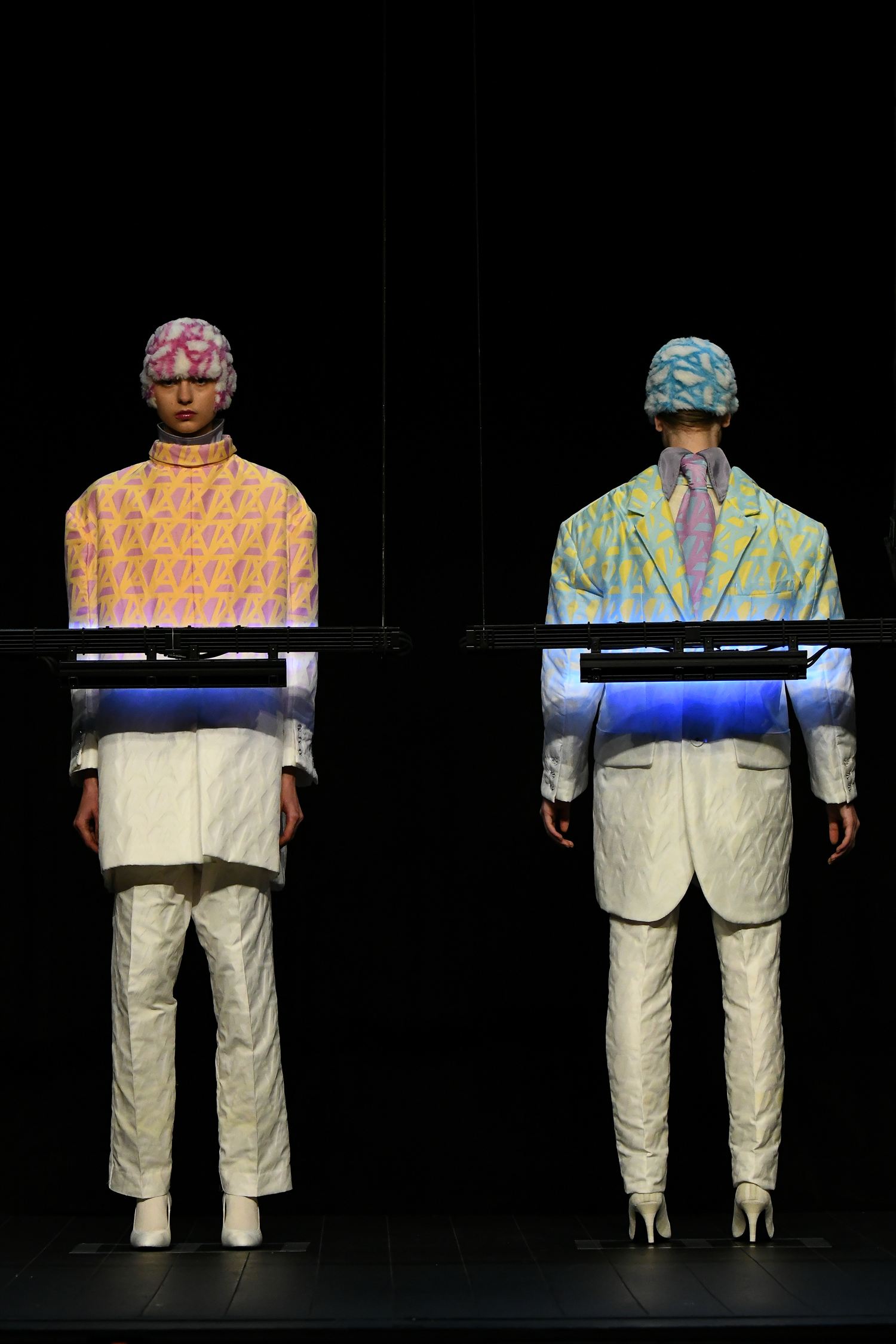
The 2013 Fall/Winter Collection "COLOR" introduced clothes whose molecular structure changes when exposed to light such as ultraviolet light, turning from white to a variety of colors
―― On the other hand, you also always return to the importance of creating things with your hands and the things that can only be created by human hands, which you cherish.
For example, "SCREEN" (2025-26 Autumn/Winter) may seem like a world far removed from human hands, but it is actually made up of tens of thousands of tiny LEDs, and each piece of them is sewn by hand. It's like haute couture. We need strength that is at the opposite end of things, and if we can't move back and forth between those two ends, we can't make the clothes that will reflect ANREALAGE's taste.
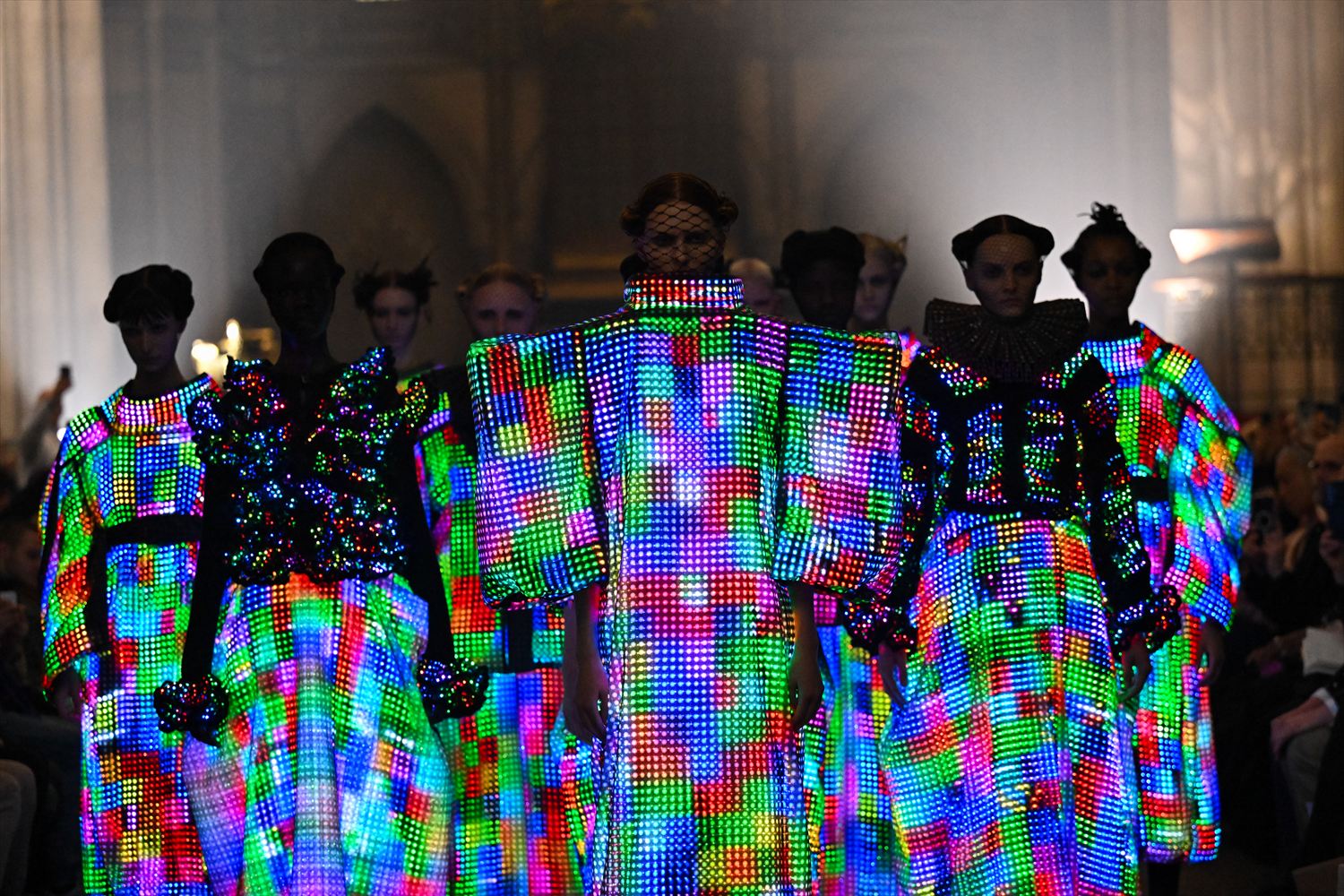
In the latest collection, "SCREEN" (2025-26 Autumn/Winter), black clothes are transformed into LCD screens that project all kinds of colors and patterns, evolving the clothes into a medium
Expectations for the KOKUYO DESIGN AWARD
―― Mr. Morinaga, please tell us why you decided to take part in the KOKUYO DESIGN AWARD judging process.
The KOKUYO DESIGN AWARD is an award that supports the winning designs by turning them into products and getting them into people's hands. These are things that have not yet taken shape, but which have the potential to eventually become part of ordinary things. Based on my own experiences exploring the boundary between "the ordinary and the extraordinary," I thought it would be great to pick up something that had never been seen before.
Personally, I think that products and fashions are complete opposites. 'Cause fashions change even faster than products. But I also think it would be great if the fashion perspective and fashions themselves could be catalysts for entering the product field.
―― Does this mean that there is something that fashions can learn from product design?
In the fashion world, what is called "senses" is highly valued. On the other hand, I don't create clothes based on senses alone; I think it's important that there is a "logic" behind them. In addition, "innovations" that give shape to new ideas and concepts that have not yet existed are also absolutely necessary. I feel like the KOKUYO DESIGN AWARD is a point of contact for all of these things, that I am also expecting for that point.
―― The theme of the KOKUYO DESIGN AWARD 2026 is "Hamon" What are your thoughts on this theme?
I continue to create things based on the belief that "God resides in the details." "Details" are, for example, things that people around them don't notice, things that everyone passes by. If we can recognize the value of them, believe in them, and give them some shape, they may bring about great change. In terms of clothes, a single button or a single thread can change the overall impression of the clothes, and when a finished piece of clothes reaches one person, it can change the times and society. In fact, there is a lot of that happening in the fashion world.
As for the "Hamon" of the theme, the starting points may be very small and few in number. But, that one tiny drop can have an impact on the whole, and it may become the switch that brings change to the times, society, and ordinary life. I myself have sought this kind of thing through my creations, and it would be great if I could see this through the judging of the awards.
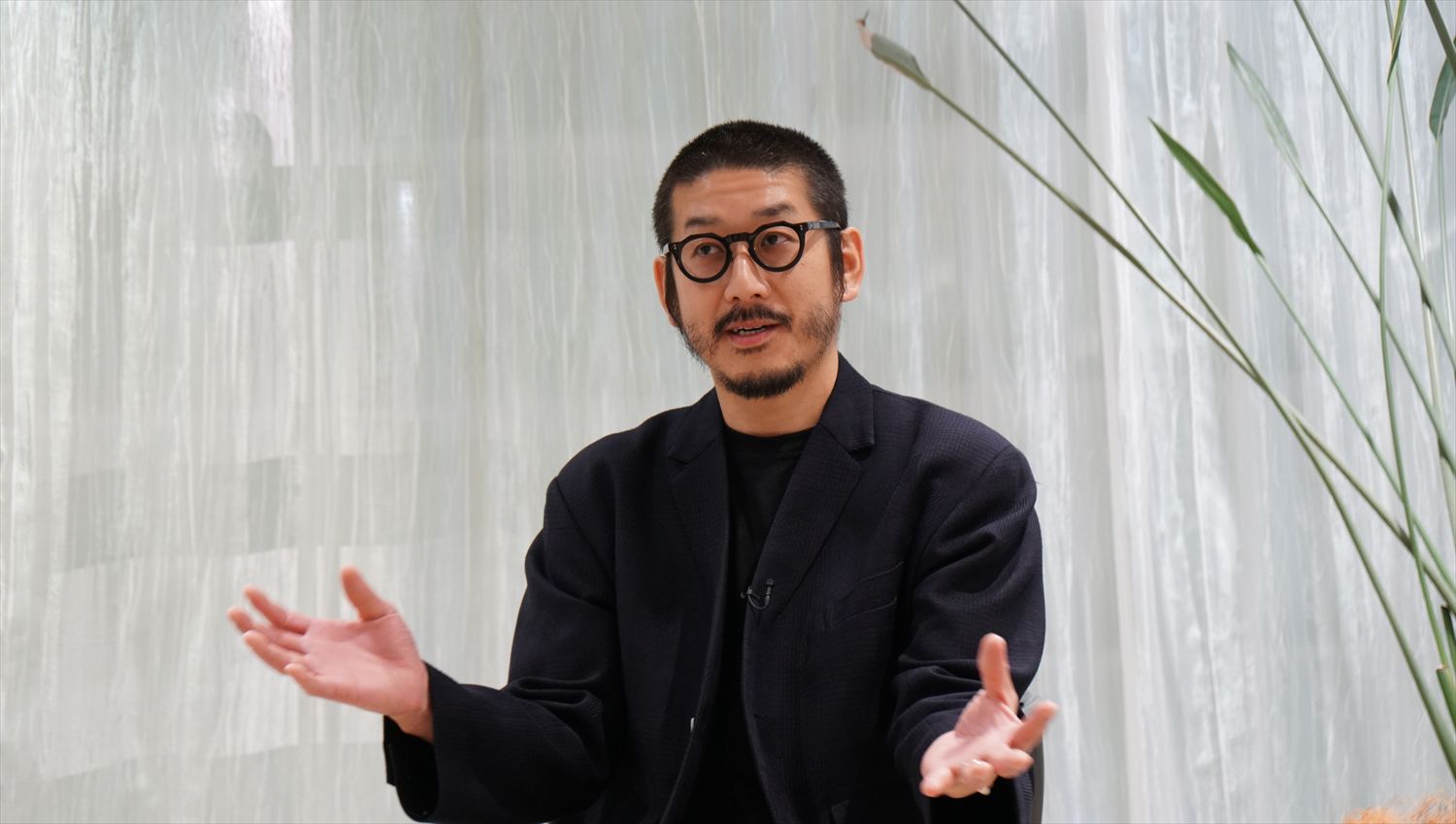
"Hamon" for Mr. Morinaga
―― It may be difficult for you as a judge to find just one drop in the ocean.
Unless that one drop falls somewhere, no ripples will be created, so it will always bounce back somewhere or have an effect on something. It may be important to be able to imagine that. I'd like to find something that gives expansions, such as a sense of the potential of how it can be used and how it can change ordinary life.
―― Mr. Morinaga, you are active overseas as well. What are your expectations for the KOKUYO DESIGN AWARD as an international design competition?
There is an incredible diversity of values in the world, but ultimately it is the world that only a person can see, and what is born from within that person, that will stand out in the world. Because it is a global competition, the non-global individual perspective could be also very important. In the fashion world, there are people who are trying to stand out and resist global trends, and I think it's important to have an attitude of seeking out new values like them.
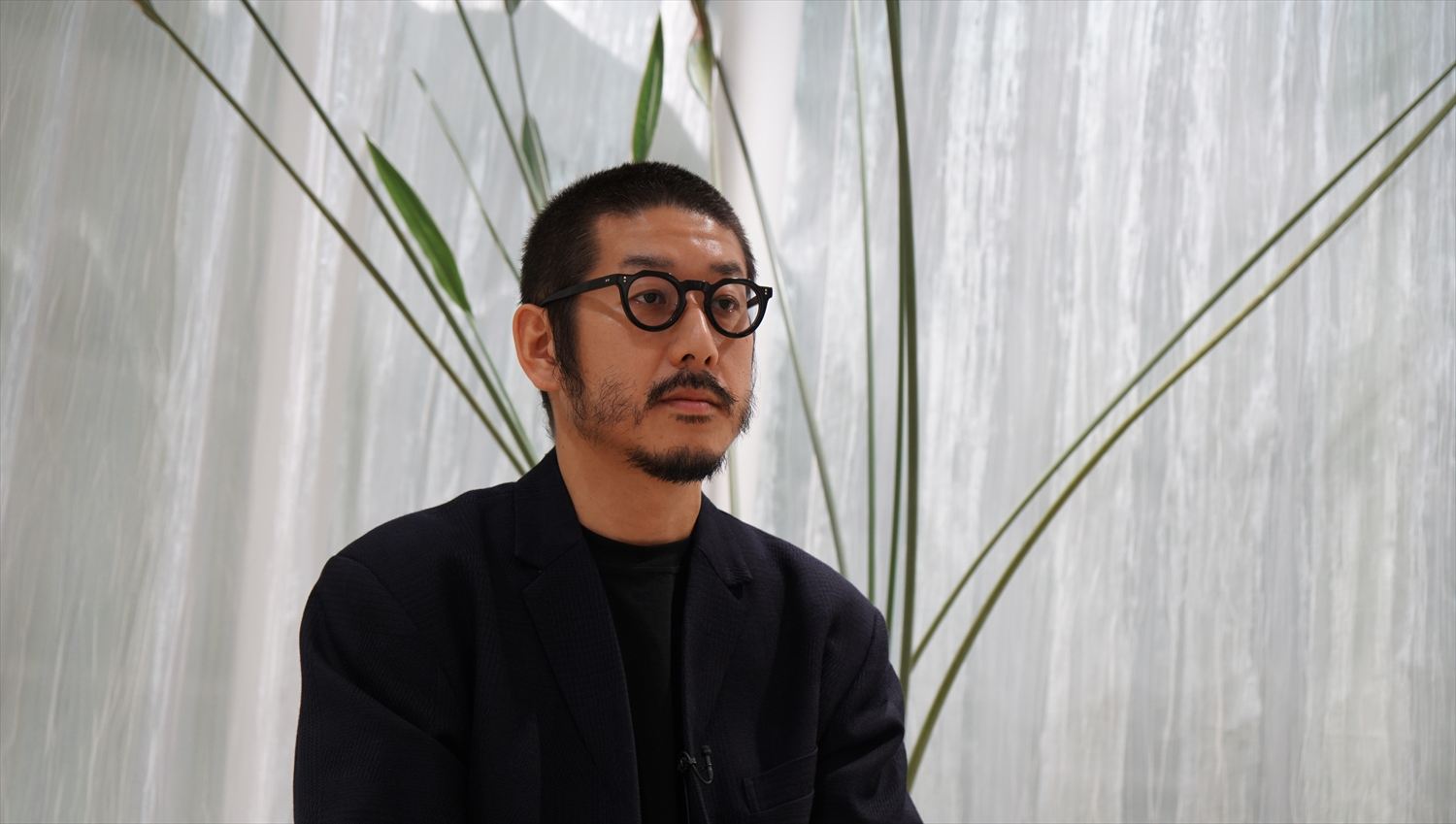
―― In other words, something like "rebellious," doesn't it?
Rather than being rebellious or defiant, it is a way of creating things that clearly states one's position based on a global perspective. To do this, you need to be aware of the current times and trends.
I often have the opportunity to judge and advise young fashion designers, and I always tell them to "value two worlds." One is the world outside of yourself. What is happening in the world today, including social conditions, war, and environmental issues. The other is the world inside of yourself. I hope that there will be more designers who are able to fight in the world inside themselves, believe in that world, and take that world to the outside world.
―― Do you have any advice or tips for those planning to apply for the KOKUYO DESIGN AWARD?
A ripple starts with a single drop. No matter how small it is or how few it may be, I want you to somehow squeeze out one drop and drop it somewhere. In this day and age, people tend to place importance on how many shares, follows, and buzz an article gets, but rather than trying to create something aimed at a big audience, it's enough if it gets across to just one person. Isn't it time to reconsider this way of thinking and existence? As a judge, I'd like to somehow find that one drop, which may currently be a minority, and judge the work based on that drop. It is these kinds of things that have the potential to create something big, reach the hearts of many people, and change society. I'm looking forward to it.
―― Thank you very much.
